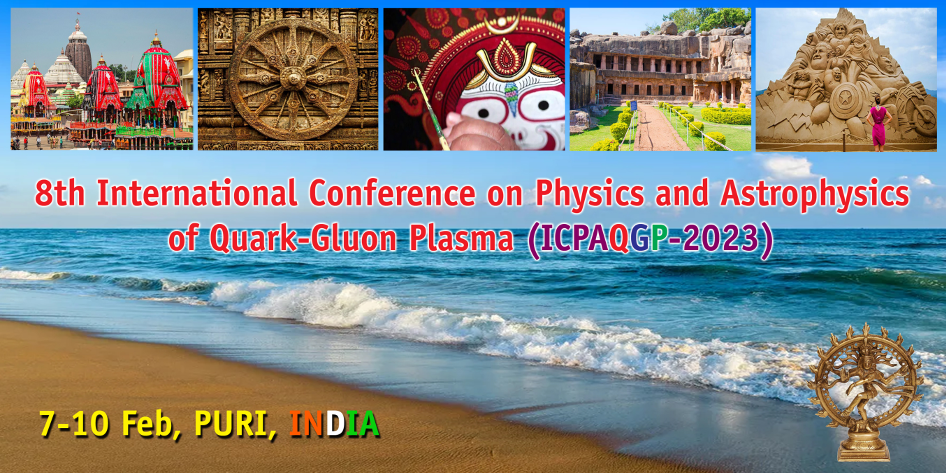Speaker
Description
Bound states of the heavy quark and its anti-quark are the hard probes that provide crucial information about the conditions formed in the thermal medium. It was shown that these bound states, particularly bottommonium, dissociate in the QGP medium due to the color screening of the real potential and scattering with the thermal constituents known as Landau damping, also responsible for developing the imaginary part of the potential. While efforts have been made to explore the quarkonium suppression in the static limit, i.e., $\omega\rightarrow 0$, effects arising from the finite frequency region of the gluon spectral function remains less explored.
In view of this, we investigate the finite frequency effects by using the full gluon spectral function on the quarkonium dissociation. To study the singlet octet transitions, we first implement lattice-motivated medium-modified potential for the singlet states and evaluate the bound state wavefunction and the corresponding binding energy at each temperature. For the octet states, we work in the two limiting cases of the Debye screening. First, we consider no screening and take repulsive Coulomb potential for the octet state. Second, we assume complete screening and take free wave functions. We further investigate contributions from the pole of the propagator as well as Landau damping in 1S and 2S states. In particular, we quantitatively compare the contributions arising from pole and Landau damping for the realistic values of temperature.

